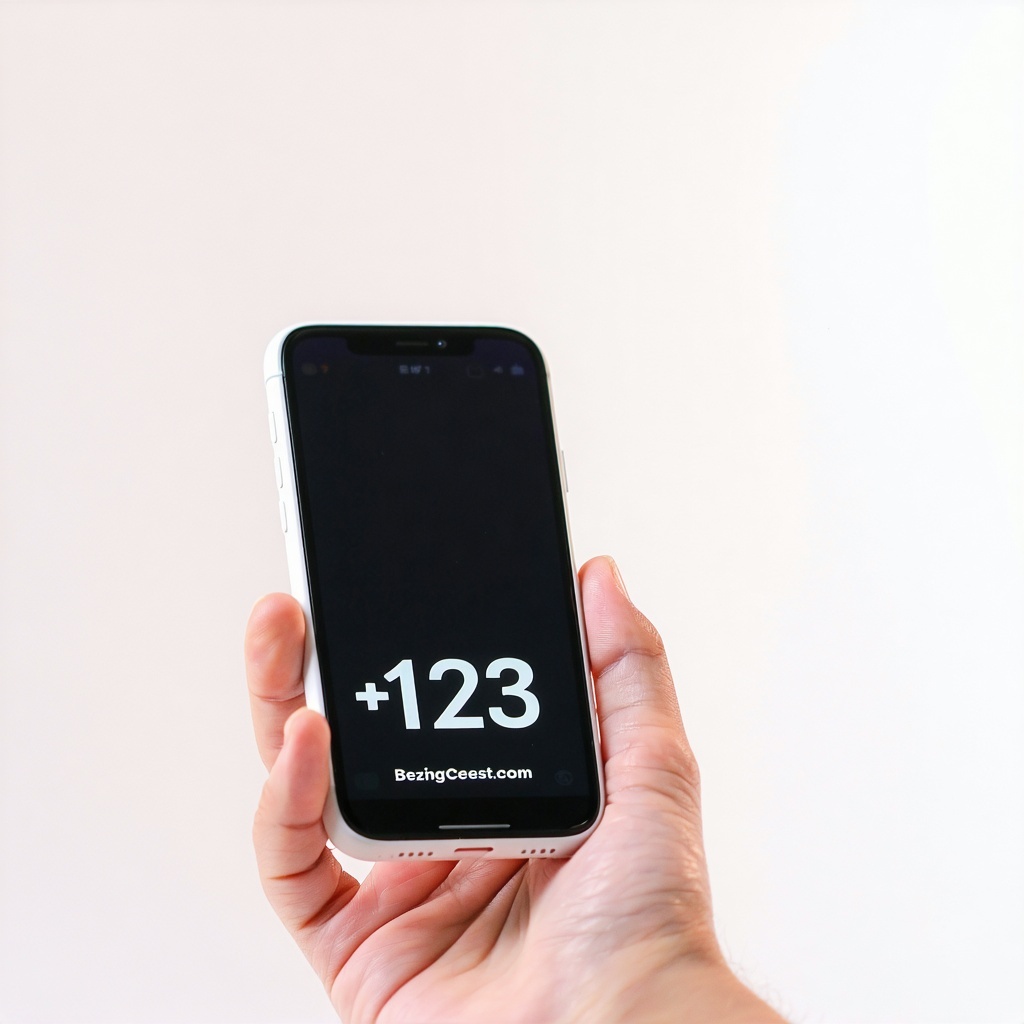
USSD Code for Payday Loans in Nigeria
Author Eyitemi Efole
USSD (Unstructured Supplementary Service Data), which is similar to Short Message Service (SMS) is a Global System for Mobile Communications (GSM) protocol that is used to send text messages. True to its nature, USSD codes for Payday Loans can be used for loan apps, digital banks, or any bank, for that matter.
How does USSD work?
With USSD Banking, customers are at liberty to make financial transactions from their phones through the use of short or quick codes.
All it requires is a cellular network. No internet connection is required. Through USSD banking, customers could make almost any kind of financial transaction, from making transfers to buying airtime.
USSD can also be used to get loans and make repayments. All the borrower needs is the proper USSD codes of the platforms they are subscribed to.
USSD codes for Payday loans
A payday loan is a cash advance of a portion of your next salary. Once approved, the company will lend you a small amount, usually up to a certain percentage of your take-home pay, and charge you a fee for using its services.
So, if you need cash to meet that urgent or unexpected bill, you go to a payday lender and apply for enough to help you make the payment. The lender approves your loan and charges you a certain amount as interest. The interest rates for payday loans are quite high.
The table below shows major banks’ USSD codes for Payday loans in Nigeria:
| Financial Institution | Loan Code |
| First Bank – FirstAdvance | *894# |
| Wema Bank | *945# |
| Skye Bank | *833# |
| Zenith Bank | *966# |
| Diamond Access | *901*11# |
| Eco Bank | *326# |
| Heritage Bank | *322# |
| GTCO | *737*51*51# |
| Fidelity Bank | *770# |
| Unity Bank | *7799# |
| UBA | *919# |
| Sterling Bank | *822# |
| FCMB | *389# |
| Union Bank | *826# |
| Keystone Bank | *533# |
| AB Microfinance Bank | *389*755# |
| Accion Microfinance Bank | *572*6# |
| Ecobank Xpress | *326# |
| FCMB | *329# |
Are USSD codes safe?
Now that you know the USSD codes for payday loans with various financial institutions, the next question will be: ‘How safe are the USSD codes?’
Like every other technology, USSD can be prone to glitches and sometimes hackers. As a matter of fact, security is a well-known limitation of the USSD protocol. Since it is an older kind of technology, it is prone to cyberattacks from black-hat hackers.
Also, in the event that your phone goes missing or gets stolen, anyone in possession of the device and who knows where to look can take possession of your PIN and execute transactions on your behalf.
As a result, it always makes sense to protect yourself from theft or other forms of hacking.
Below are some tips that will help you with this process:
Protecting your USSD banking from hacking
A recent study by a Russian company, Kaspersky, revealed that small businesses in Nigeria are in danger of exposure to malware and face an 89 percent increase in Remote Desktop Protocol attacks in 2022.
The study found that the number of Trojan-PSW (Password Stealing Ware) detections in Nigeria surged by as much as 147 percent in the first quarter of 2022 when compared with the same period of 2021.
Unfortunately, this also applies to phones. Hacking USSD and mobile money transactions is an increasingly common tactic employed by hackers and criminals.
Over the past couple of years, Nigeria, Ghana, Kenya, and Rwanda have reported increasing cases of fraud linked to mobile money and USSD transactions. While this may be the case, it is not out of place for you as a USSD user to protect yourself from their activities.
Like every other technology, USSD can be hacked. Security is a well-known limitation of the USSD protocol.
When it comes to USSD, there are two kinds of security risks that USSD users face: the security limitations of the technology as well as the user-generated security risk.
This is how most USSD hacks happen. The hackers get access to the user’s mobile money or USSD account and then use it to access their funds.
So, how do you protect yourself from criminal elements?
Use a difficult transaction PIN
When creating a USSD or mobile money account, you’re typically required to create a 4 or 6-digit PIN to authorize transactions.
Many people usually resort to using the combination of numbers that is easiest to remember. The danger with this is that those numbers may also be easy for hackers to guess.
Avoid using common codes like 1234 or repeating numbers like 1111, as they are usually the first guesses of hackers trying to break into accounts.
It is also important to avoid using important dates like your birthday, as hackers might use social engineering to figure out those dates.
Finally, if given the choice between a 4-digit or 6-digit PIN, go for the 6-digit PIN. The longer the PIN, the harder it is for someone to hack it.
Keep your PIN close to your chest
Never disclose your PIN to anybody, no matter how close they are to you. They might just be careless, and the information will fall into the wrong hands.
Of course, anyone in possession of the PIN registered to a mobile money account can legally transact with the PIN. In such a case, it can be very difficult to prove to your bank and the authorities that you were hacked.
Download only verified apps
This applies to those who use smartphones. As earlier stated, because USSD is an old technology, it can be used across all kinds of devices and is not dependent on internet service.
However, as a smartphone user, you are advised to only download verified and safe applications from your phone’s application store.
Malicious applications may contain keyloggers that can store vital information that you type, including your PIN.
Create an extra layer of security
The central point of failure for most USSD-related scams is the SIM card. Most people know to put passwords on their phones, but they don’t do the same for their SIM cards.
To create a PIN for your SIM card for your phone, take the following steps:
- Open your phone’s settings
- Go to Security and search for SIM lock
- Click on the lock SIM
- Enter the default PIN to lock the SIM card
It is advisable to change the PIN from the default as hackers will be aware of it, and it will be their first guess.
Having taken all these steps, you can now confidently use the applicable USSD codes for financial transactions, but also be on the lookout for other ways you could be at risk.
Conclusion: Payday Loans at Your Fingertips
USSD codes have made payday loans more accessible than ever in Nigeria. Whether you own a smartphone or a basic mobile device, you can request quick cash in minutes — no app, no internet, no stress. But while USSD loans offer speed and convenience, it’s still important to compare lenders to avoid high fees or unfavourable terms.
Looking for better loan options beyond USSD?
Visit nairaCompare to compare trusted payday loan providers, interest rates, and repayment options — all in one place. Make smarter borrowing decisions with nairaCompare.
Before you dial, compare! Your pocket will thank you.
About Author

Eyitemi Efole
Eyitemi Efole is exploring the marketing field, with a particular interest in brand management, strategy, and operations. She is keen on understanding how brands build trust and connect meaningfully with their audience.










